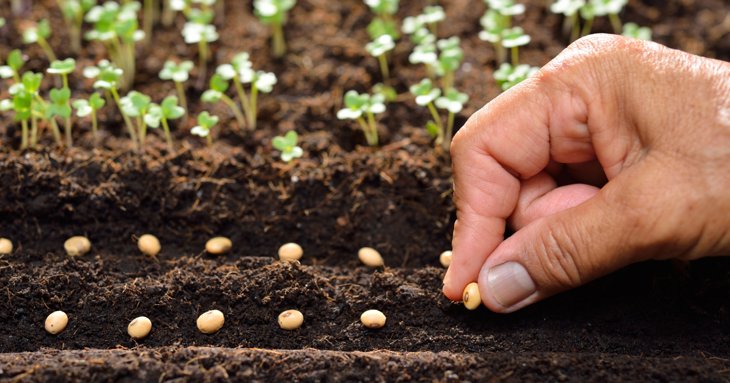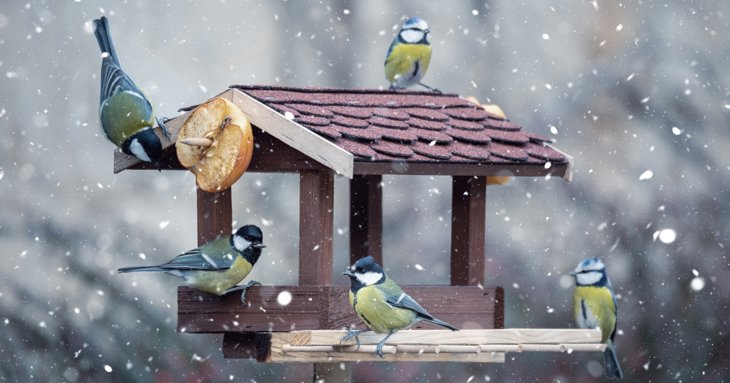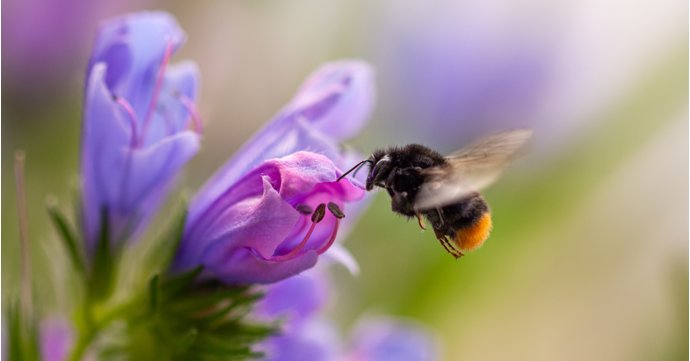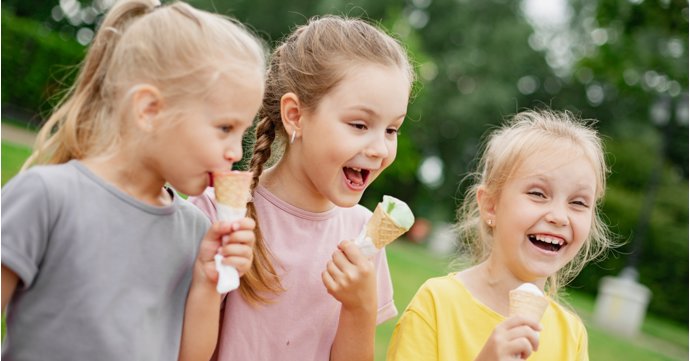Battle the winter blues with beautiful blooms, with plenty to keep you occupied in the garden throughout the winter months — from essential sowing and building protective DIY structures to looking out for our pollinating friends, the bees.
Helping you make the most of all your outdoor space has to offer this season, SoGlos rounds up six of the best things to do with your Gloucestershire garden this winter...
Incorporate bee-friendly winter plants
Almost anything you plant that flowers between September and March will be particularly valuable to bees — but there are some winter flowers that our pollinating friends especially enjoy.
Open-faced, single flowers such as Hellebores offer bees easy access to nectar and pollen and there are hundreds of varieties in all hues from apricots and purples to greens. Goat willow and colourful catkins are also brilliant plants for bees as they're nutritious and full of protein — and add colour to your winter garden. Crocuses are another great option as they're cheap to buy and come in many different colours, bees love them — and sometimes bumblebees even shelter in them overnight!
Wrap up warm and get sowing

Preparing for a new growing year, January is a brilliant time to grab your wellies and wrap up warm to start planting and sowing for spring and summer.
For fruit, bare-root trees and bushes can be planted as long as the soil isn't frozen; you can begin sowing broad beans in pots in mild areas, placing them in a cold frame or unheated greenhouse; onion seeds, chilli peppers and aubergines can be sown in a heated propagator; and for early crops such as lettuces, summer brassicas, spinach and turnips, sow seeds indoors.
Be on pest and disease watch
During the winter months, it's particularly important to keep an eye out for pests and diseases in the garden. The bad weather puts your plants at higher risk than other times on the year, so it's vital to be vigilant.
Some key things to look out for are Botrytis (grey mould) on spent herbaceous plants, which needs to be removed to eliminate the risk of fungal problems spreading to healthy plants; down mildew and leaf spot on winter pansies; crown rot and brown rots on died down perennials; and hellebore leaf spot.
Harvest your hard work
The weather might be bleak at this time of the year, but if you planted robust crops back in the spring and summer, you should have a bountiful harvest ready.
Harvest broccoli, brussels sprouts, leeks, parsnips, winter cabbage and remaining root vegetables to create some hearty and tasty meals with this winter.
Check your garden structures

This time of the year tends to bring cold, wet and windy weather which can damage trees, shrubs and garden structures. It's important to make sure your shelters are sturdy; plants are staked or wrapped; and you've mulched, to reduce the risk of frost damage.
To save some money, you could take on a DIY project and make your very own cold frame to protect your plants from rain and to prevent them from rotting.
Plan ahead
After a year of hard work outdoors, head inside to warm up and start planning for the next 12 months. Reflect on what you liked about your garden this year — what worked, what didn’t work and what you would do differently. For anyone growing their own food, it's a good time to consider yields, while looking at growing cycles and what plants grow well together as companions is a great idea, too.
Then when all the other winter jobs are complete, give yourself the gift of a gorgeous garden for the following year and start ordering your seeds and bulbs!

















